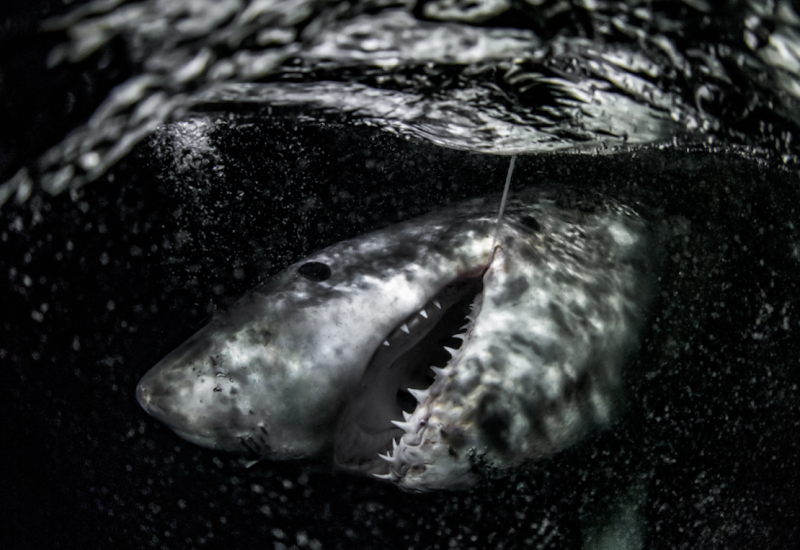Discovered: World's First Warm-Blooded Fish

Courtesy NOAANicholas Wegner, a fisheries research biologist at the National Oceanic and Atmospheric Administration, was the first to discover that the opah was entirely warm-blooded.
Scientists have discovered the world’s first fully warm-blooded fish. While other fish, like the tuna, are able to warm parts of their bodies to speed up movement or protect their organs, only the opah (Lampris regius; Hawaiian moonfish) has demonstrated whole-body endothermy.
“There aren’t any other fish that can do what the opah can do in terms of warming up its entire body. Most fish are the same temperature as the water; there are a few fish that are able to warm up specific body parts, but the opah is the first fish that can warm up its entire body,” says Nicholas Wegner, a fisheries research biologist at the National Oceanic and Atmospheric Administration who discovered the opah’s warm-bloodedness.
The opah’s whole-body endothermy confers a number of unique advantages. For one, a creature which is able to stay warm will be faster, stronger and even smarter than its competitors.
“Warmer temperature increase reaction rates within the body. It increases the force at which muscles can contract; having warm swimming muscles allows you to produce more power and swim faster. It increases reaction rates in neural transmission, visual acuity — all of those things are improved. If you’re able to warm up your body and you’re swimming after a fish that can’t, you’re going to catch that fish,” Wegner says.
The moonfish maintains its body heat thanks to the massive pectoral muscles that it uses to flap its dorsal fins, which are its primary means of locomotion. A net of closely wound blood vessels near its gills acts as a countercurrent heat exchanger, where warm blood from the center of the body flows near cold blood returning from the gills, raising the temperature of the cold blood before it recirculates throughout the rest of the body. This very structure, called the rete mirabile (Latin: wonderful net), led to the discovery of the moonfish' unique qualities.
“I study the respiratory specializations of fast-swimming fish, and a friend of mine brought me some gills from opah,” Wegner says. “When I took a look at the gills, I immediately saw these countercurrent heat exchangers inside the gill arches: A bunch of blood vessels that weren’t supposed to be there. That was the smoking gun.”










